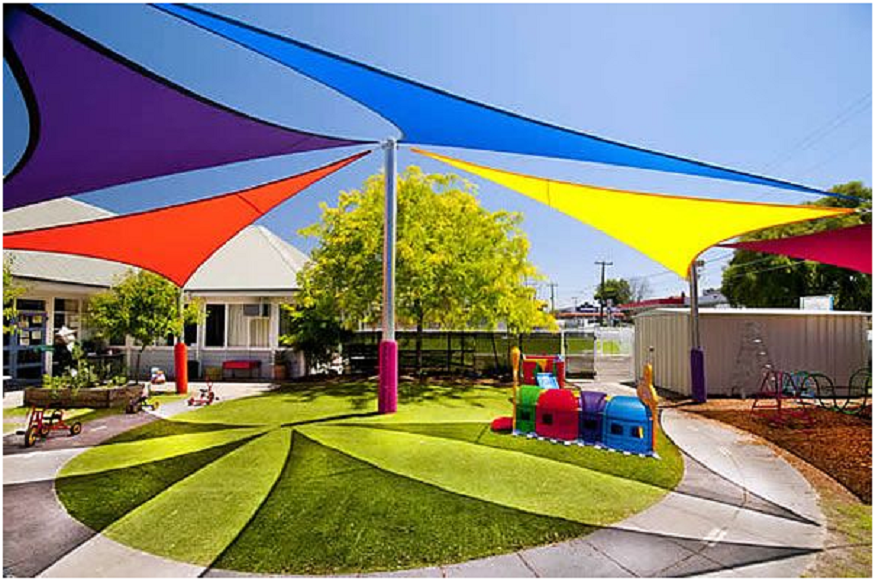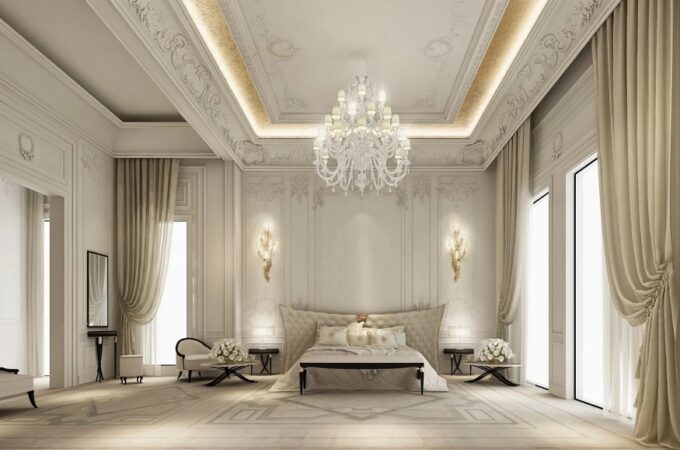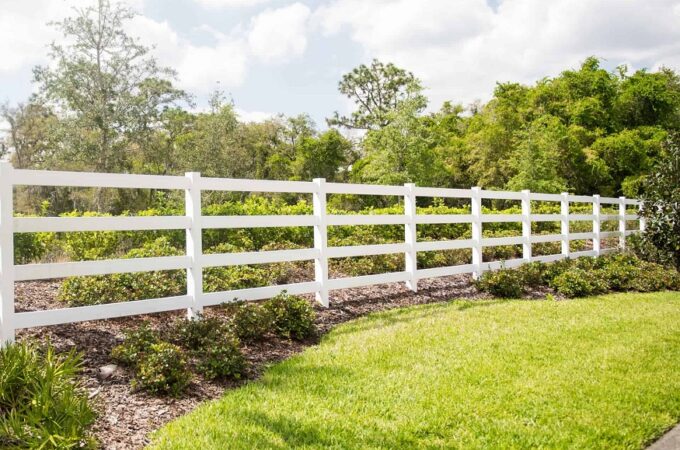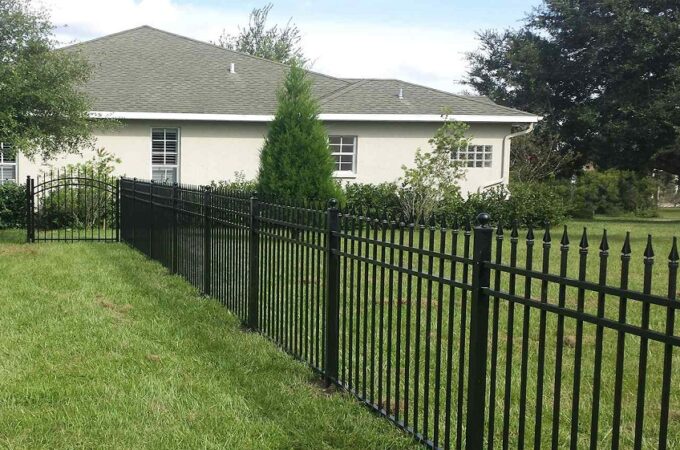
HDPE Shade Fabric: A Strong, Stylish Solution for Outdoor Comfort
In the quest for reliable sun protection and aesthetically pleasing outdoor environments, HDPE shade fabric has become a preferred material for many residential, commercial, and public spaces. Its ability to offer effective UV protection while maintaining breathability and durability makes it a standout choice in the shade systems industry. Whether for playgrounds, car parks, outdoor seating areas, or large event spaces, this fabric is changing the way people experience the outdoors.
Unlike conventional materials that block sunlight but restrict airflow, this fabric is specially designed to create shaded zones that remain cool and well-ventilated. Its high-density polyethene structure allows the fabric to filter harmful UV rays while still permitting air to pass through.This combination is particularly valuable in hot climates, where the goal is not only to shield from direct sunlight but also to reduce the heat build-up under shaded areas. Its woven design is engineered to be both strong and lightweight, ensuring that the fabric can span large distances without sagging or losing its integrity over time.Additionally, the material’s resistance to environmental factors such as moisture, mould, and UV degradation ensures that it retains its appearance and performance for years. This makes it a smart investment for both temporary installations and permanent shade systems.
Applications Where HDPE Shade Fabric Excels
The versatility of HDPE shade fabric allows it to be used across a wide range of applications. It is commonly seen in areas that demand high sun protection but also require an open, airy feel.
Common Uses Include:
- Playgrounds: Providing safe, shaded play areas for children.
- Parking Lots: Protecting vehicles from sun damage.
- Outdoor Seating: Enhancing comfort in cafes, restaurants, and patios.
- Walkways: Offering sheltered paths in parks, schools, and commercial centres.
- Sports Facilities: Covering outdoor courts, pools, and training spaces.
In each of these environments, the fabric contributes not just to comfort but to safety, as prolonged exposure to UV radiation can lead to serious health risks. Its ability to block up to 95% of harmful rays ensures that people, vehicles, and surfaces beneath it remain protected.
Design Flexibility and Customisation
What makes HDPE shade fabric especially attractive to designers and property owners is its adaptability. The fabric can be tailored to fit various structural designs, whether tensioned sails, canopies, or custom-framed installations. Its flexibility in shaping and sizing makes it suitable for unique architectural visions that aim to blend functionality with visual appeal.Beyond the structural adaptability, the fabric comes in a variety of colours and shading densities, enabling property owners to select options that align with the overall aesthetic of their space. This level of customisation ensures that shade structures do not disrupt the look of an area but instead enhance it.The material’s lightweight nature allows for creative, fluid designs that would be difficult to achieve with heavier alternatives. Whether opting for a single stretch of fabric or an array of interwoven panels, designers can craft spaces that are both stylish and practical.
One of the major advantages of using HDPE shade fabric is its durability. It is engineered to withstand harsh environmental conditions, including high temperatures, wind, rain, and UV exposure. Unlike traditional materials that may crack, peel, or lose colour over time, this fabric maintains its integrity and vibrancy for years.The low maintenance requirements add to its appeal. It does not demand frequent cleaning or specialised treatments to retain its functionality. Periodic washing with water and mild detergent is generally sufficient to keep the fabric looking clean and fresh.Additionally, the material’s resistance to mould and mildew growth helps prevent unsightly stains and odours, particularly in humid or coastal environments. This not only prolongs the fabric’s life but also ensures that shaded areas remain pleasant and hygienic.For property owners and facility managers, this translates into lower long-term costs. The initial investment is well-balanced by the savings in upkeep and replacement expenses over time.
Environmental Impact and Sustainability
Many manufacturers produce it using recyclable materials, and the fabric itself can often be recycled at the end of its lifespan.Moreover, by reducing the need for artificial cooling in shaded areas, the fabric indirectly supports energy conservation. Shaded car parks, playgrounds, and outdoor seating areas often remain significantly cooler, reducing reliance on air conditioning or mechanical cooling solutions in adjacent buildings.The longevity of the fabric also means less frequent replacement, resulting in less waste generation over time. Choosing a durable, recyclable material aligns with broader sustainability goals and helps reduce the environmental footprint of new construction or renovation projects.
Conclusion
Choosing the right material for outdoor shading is critical, not only for the comfort it provides but for the long-term value it brings to any space. HDPE shade fabric continues to prove itself as a reliable, efficient, and visually appealing solution for a variety of outdoor applications. Its ability to offer UV protection, breathability, low maintenance, and design flexibility makes it a preferred choice for homeowners, businesses, and public space developers alike.
As demand grows for sustainable, cost-effective, and attractive shade options, this fabric stands out as a leading contender that meets all these expectations. Whether protecting a playground, enhancing a patio, or shading a large parking area, this material delivers on performance and longevity. With proper installation and basic care, it promises years of dependable service while contributing to safer and more comfortable outdoor environments.





